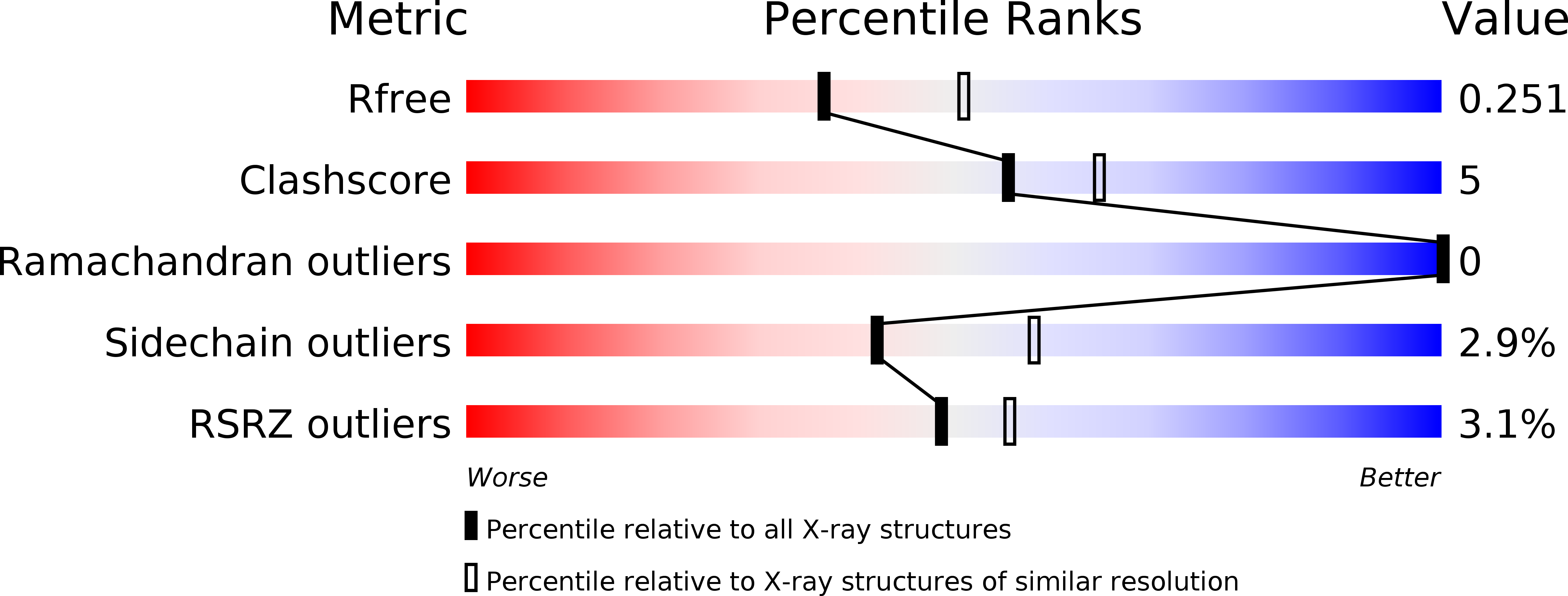
Deposition Date
2008-07-16
Release Date
2008-09-23
Last Version Date
2023-12-13
Entry Detail
PDB ID:
2VY2
Keywords:
Title:
Structure of LEAFY transcription factor from Arabidopsis thaliana in complex with DNA from AG-I promoter
Biological Source:
Source Organism:
ARABIDOPSIS THALIANA (Taxon ID: 3702)
Host Organism:
Method Details:
Experimental Method:
Resolution:
2.30 Å
R-Value Free:
0.26
R-Value Work:
0.23
R-Value Observed:
0.23
Space Group:
P 65 2 2


